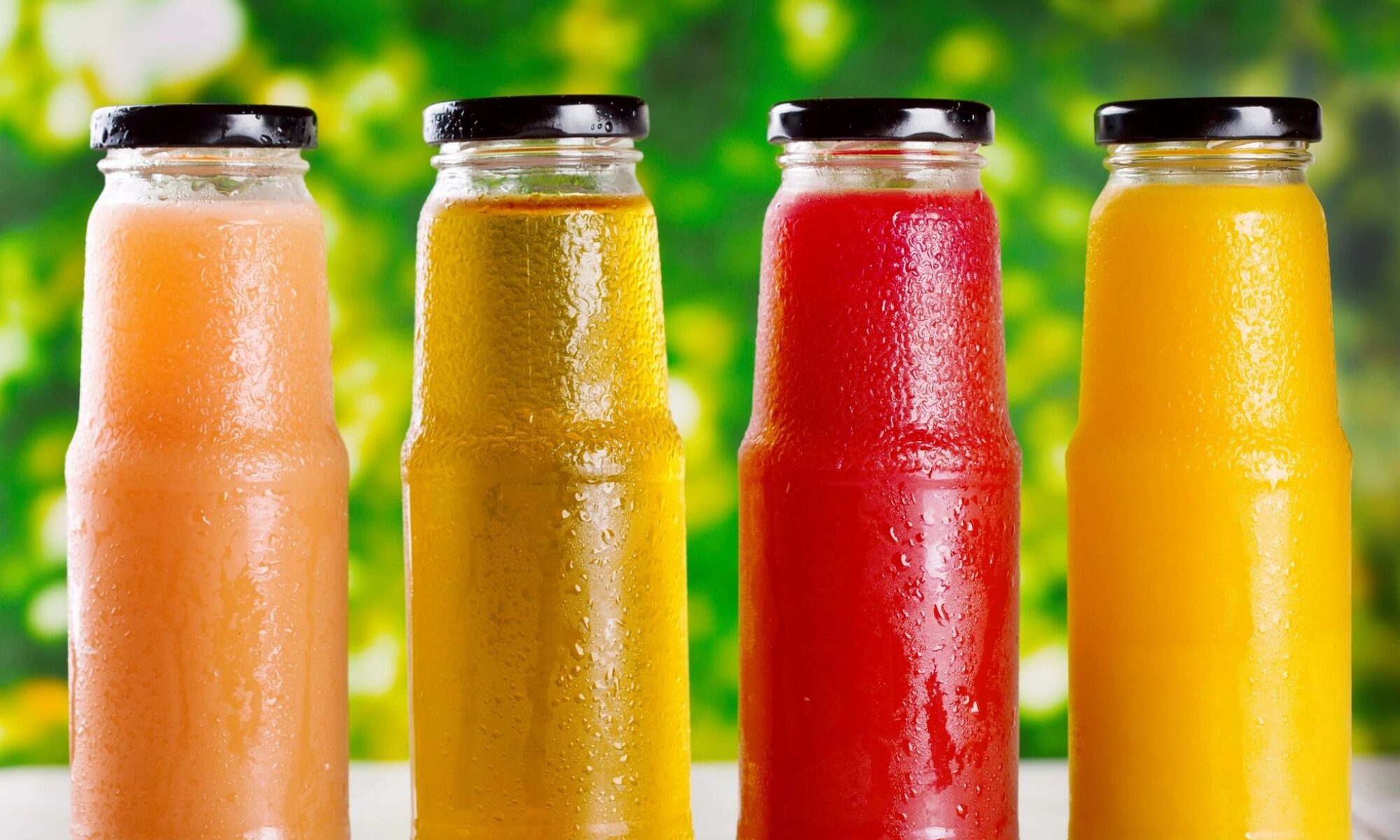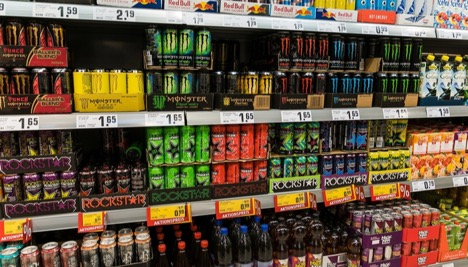
In my previous take on the history of the beverage industry, I focused on sports drinks and how they came to be. I discussed their origin, their rise to popularity, and the most popular brands. I also covered the bottled water industry that has an even longer history and more players.
Today, it’s time to move to another interesting phenomenon that struck the U.S. and the entire world. I am talking about the phenomenon of energy drinks and, most notably, Red Bull. The history of the energy drink industry is a rich and interesting one, so let’s not delay!
The Pre-Origins of Energy Drinks
Those familiar with the history of beverages know that the energy drinks we know today started in Japan in the early 1960s. However, the phenomenon of boosting your energy levels with a drink began much earlier in the U.S.
In the late 19th century and the beginning of the 20th century, energy drinks were basically a subset of the soft drink industry. That’s mostly because major players like Pepsi and Coca Cola had plenty of drinks that had caffeine and sugar in them. Pepsi was initially marketed as an energy booster drink, which could make it the first energy drink in a way. Coca Cola, on the other hand, wasn’t marketed that way, but it had mostly the same ingredients.
The whole energy booster phase started subsiding in 1906 when the Coca Cola Company was sued for having too much caffeine in their products. Coca Cola won the United States v. Forty Barrels and Twenty Kegs of Coca-Cola federal lawsuit, but the effects weren’t favorable for the company. The pressure was high, so Coca Cola decided to reduce the amount of caffeine in its products.
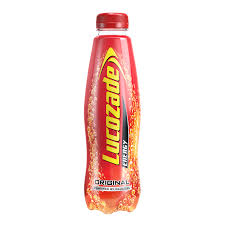
It took a while for energy-boosting drinks to become popular again in America, but Europe wasn’t lagging. In the U.K. in 1929, a new drink was made – Lucozade Energy. If you’ve read my previous article in the series, then you know that Lucozade was a big part of the sports drinks industry. If you haven’t, go back and read that piece to learn more. Lucozade Energy was introduced as a hospital drink that was supposed to replenish lost energy in patients.
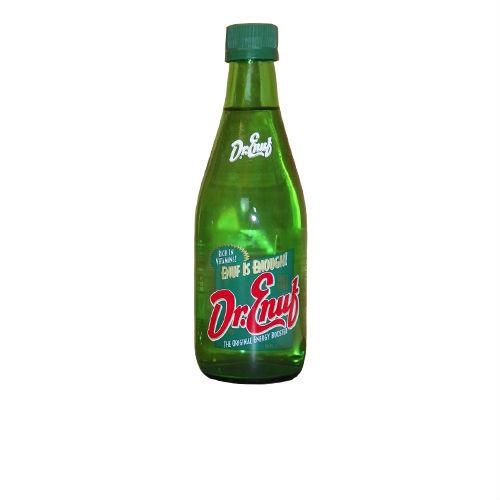
In the States, energy drinks came back in 1949 when Dr. Enuf, developed by a businessman named William Mark Swartz, was first introduced. The story goes that his coworkers urged him to create a soft drink that would be better and healthier than the ones that existed at the time, which were filled to the brim with empty calories. He took this task seriously and created a drink from caffeine, cane sugar, and B vitamins. He formed a partnership with Tri-City Beverage and started bottling and selling the drink. Seventy years later, his drink is still being manufactured in the original location in Johnson City, Tennessee, and shipped across the country, albeit sparsely.
The True Beginnings of the Energy Drink Industry
As I’ve already stated, the real beginning of the energy drink we know today is traced back to early 1960s Japan.
When the Second World War ended, amphetamines became very popular, and this went on for the majority of the postwar period and beyond. The law banned them in the 1950s, but then in 1962, a company called Taisho introduced Lipovitan. The drink was essentially a legal amphetamine – an energizing tonic sold in small bottles. Lipovitan was the first, but many similar drinks came later and became hugely popular among the white-collar working-class demographic, or the salarymen as they are known in Japan.
It’s worth noting that these energy drinks resembled nothing being sold in the west. In Europe and the U.S., these were soft drinks, while the Japanese ones were more like nutritional drinks of a sort. They were intentionally made to resemble something being sold in a pharmacy, with their small brown glass medicine bottles. However, these energy drinks were very similar to the ones we know and love today. Even their marketing was similar. In the 1980s, when they were the national norm and vastly popular, one television ad featured Arnold Schwarzenegger in his prime bursting out of a bottle like a juiced-up working man ready to conquer the world.
It didn’t take long for this energy drink craze to spread from Japan to other countries. In 1963, Bacchus-F was developed in South Korea, and it was primarily modeled on Lipovitan and made with the same target audience in mind.
The United States Felt the Craze Later on
The 1980s and 1990s were big for the energy drinks industry, not only in Japan, as the phenomena started catching on in Europe and the U.S.
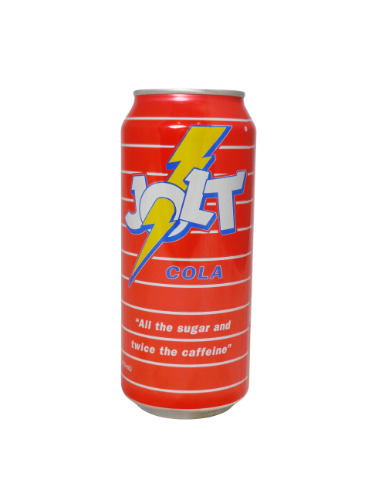
In 1985, Jolt Cola was introduced to the U.S. Developed by the Jolt Company, the drink was marketed as an excellent drink for reducing sleepiness. It had a large amount of caffeine in it, and the first slogan of the drink was: “All the sugar and twice the caffeine.” The drink was marketed to students and young professionals, the same target audience of energy drinks today. Jolt Cola is still being sold today in several countries besides the U.S., and they claim to be America’s first carbonated energy drink.
Ten years later, Pepsi developed and launched Josta, which was the first energy drink made by a major U.S. drink company. However, the drink didn’t last long, and its production was canceled in 1999. However, that wasn’t the end for Pepsi, as they came back to the energy drink market in 2001 with their Amp Energy drink. Today, Amp Energy is the fourth largest energy drink brand in the U.S. when you look at the overall sales.
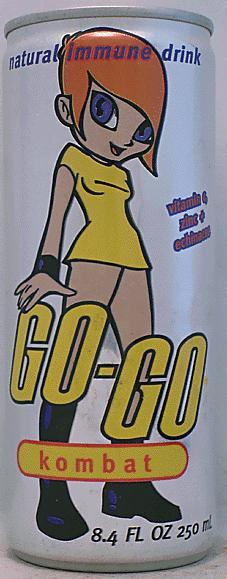
Most people don’t remember, but before Darius Bikoff, the founder of Vitamin Water and SmartWater, was successful, he launched an energy drink based on Japanese anime characters called GoGo.
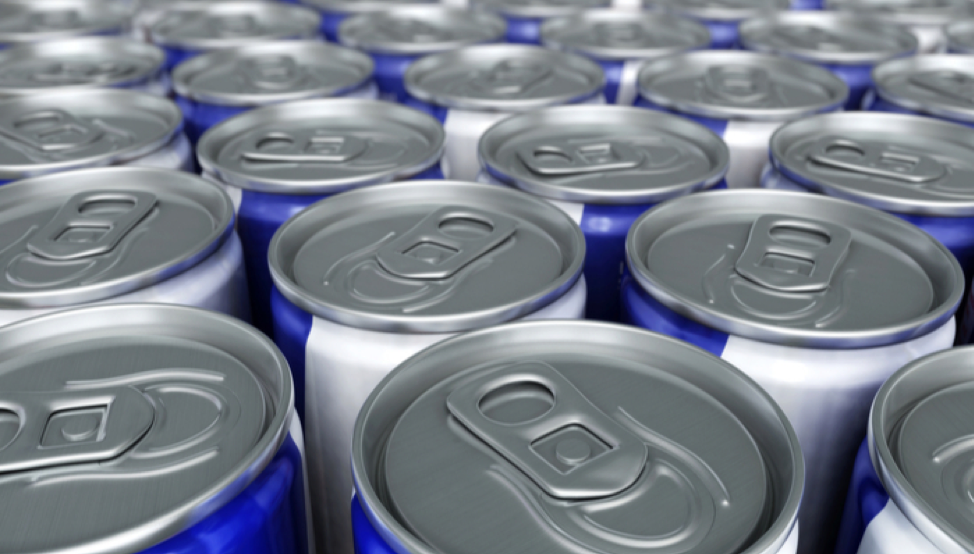
The True Beginnings of Energy Drinks Worldwide – Red Bull
The energy drink phenomena struck Japan first, and then the nearby East Asian countries. However, Europe entered the game soon after. Energy drinks started in Europe with the launch of Power Horse by the Lisa company.
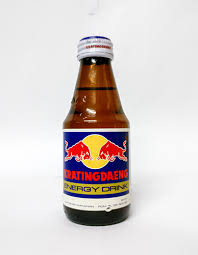
However, it wasn’t long until an Austrian entrepreneur called Dietrich Mateschitz co-created Red Bull – the worldwide bestseller and the dominant force of the energy drinks market. What’s interesting here is that Mateschitz based Red Bull on a Thai energy drink called Krating Daeng, which was based on the Japanese Lipovitan – the original energy drink.
Mateschitz wasn’t ready to alter his drink too much when he based it on the Thai one. He first tasted the drink when he traveled to Thailand and was looking for something to help him with his jet lag. He tried Krating Daeng, and the idea for Red Bull was born. His own drink was essentially only modified to suit Western tastes, while the basic ingredients were mostly the same. Even the logo is the same, which is why the two drinks are often thought to be the same today. In markets where both are sold, there is a lot of confusion to this very day.
Krating Daeng means red gaur in English, and gaur is the Indian bison, one of the largest bovine in the world. The logo was thus suitable for Red Bull as well, which is why Mateschitz decided not to change it.
Red Bull was introduced to Europe in 1987, and it basically cemented the now-known formula of energy drinks – caffeine, taurine, sugar, and vitamins.
Naturally, all of these similarities between Krating Daeng and Red Bull were intentional and made with the permission of the Yoovidhya family. Mateschitz even gave part of the shares of the company to Yoovidhya, but the mutual agreement was that Mateschitz would be running Red Bull. The same is true today, with the majority of the shares belonging to the Yoovidhya family, while Mateschitz runs the company.
He was looking to essentially re-brand Krating Daeng and bring it closer to the Western audience. The marketing was altered entirely. Krating Daeng was usually marketed to blue-collar workers in Thailand, and the most significant consumers were truckers. However, Red Bull was re-positioned to be an upscale drink, a trendy one made for the rich. It was thus first introduced to Austrian ski resorts. The pricing followed this upscale marketing, and Red Bull quickly became a premium drink, while Krating Daeng remained a low-cost one.
Red Bull quickly conquered Austria and was then introduced to the neighboring Hungary and Slovenia in 1992. In 1994, it expanded to the U.K. and Germany. After Europe, the next market was the American one. Red Bull entered the U.S. in 1997. The craze quickly began there, and by 2005, the energy drink market share of Red Bull was 47%. In 2008, Forbes magazine listed Mateschitz as the 250th richest person in the world, with a net worth of $4 billion. He shared the spot with Chaleo Yoovidhya, the creator of Krating Daeng.
Today, the entire global energy drinks market size is valued at $53 billion, and it’s estimated to reach $86 billion by 2026. In large part, Red Bull is the one that brought the energy drinks industry to these heights. The unique branding of Red Bull is mainly responsible for its success. The company didn’t follow traditional marketing techniques but was aiming to generate awareness, and it managed to create a brand myth of sorts through extreme sports events and stand-out stunts.
Recent Developments in the Energy Drinks Industry
When the 2000s began, energy drinks started to change a bit. There was a growing trend for putting energy drinks in bigger cans, and most companies followed this. However, in countries like the U.S. and Canada, where a limitation is placed on the amount of caffeine in a single serving of an energy drink, producers decided to increase the amount of caffeine together with the size of the bottle. That’s why brands like Red Bull, Monster, and Hype Energy Drinks have subsequently increased their can size.
Those who wanted something smaller didn’t have to wait long, for in 2004, an offshoot of energy drinks was created – the energy shot. They are marketed to people who don’t have enough time to drink a whole can of energy drink but want to get their energy drink fix. Energy shots contain the same dose of caffeine in a smaller amount of liquid, usually 50ml. 5-Hour Energy was the first product to start the energy shot trend.
Later on, in 2007, energy drink tablets and powders were also introduced. They were made to be an even smaller version of energy shots, as they can be dissolved in water to create a standard energy drink.
Energy Drink Effects and Health Problems
Despite their marketing, most of the effects we get from energy drinks come from caffeine. There is little evidence that their other ingredients like vitamins have any significant impact on the human body. The drinks do give you more energy and improved cognitive performance, but that’s mostly due to the higher amounts of caffeine found in energy drinks.
As you’re probably already aware, energy drinks can create health problems, at least when they are consumed frequently in larger amounts. Studies have shown that excessive energy drink consumption can lead to disrupted sleep patterns, cardiac problems like arrhythmia and heart attack, and mental problems like phobias and anxiety.
The health issues don’t only come from caffeine, but from the mixture of ingredients most energy drinks have. It’s essential to limit energy drink consumption and respect the labels that exist on all energy drinks.
Key Takeaways
As you can see, the history of the energy drinks industry is a rich one. It might not be a long history, but in the 50 or so years it spans, a lot has happened in this market, resulting in many hugely popular brands.
Red Bull is the dominant force on the market, but other products have their fair share as well – brands like Monster, Rockstar, Bang, Eastroc Super Drink, NOS, Burn, and Hi-Tiger.
The industry continues to evolve, just like all other beverage industries, which is why it’s vital to follow the industry insights and learn from others to improve your own brand. Who knows, you might even create the next Red Bull in your own market.
For more information about Cascadia Managing Brands, please go to our website http://www.cascadiafoodbev.com
